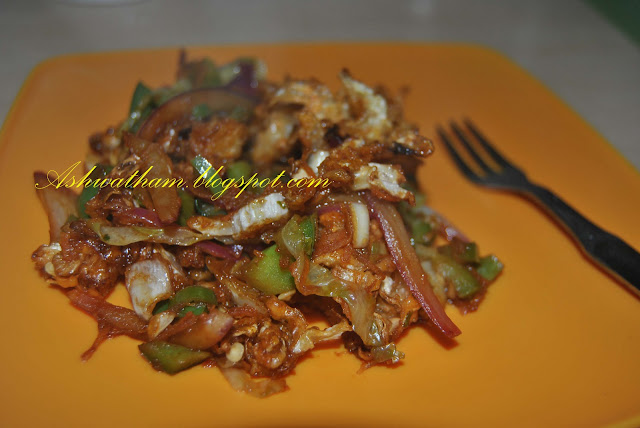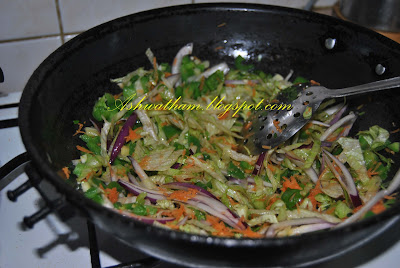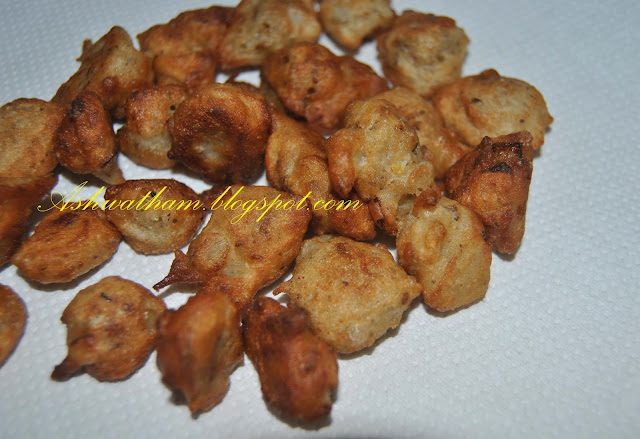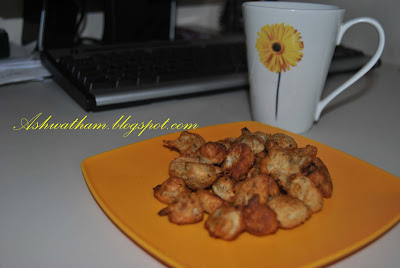Peanut as most of us do not know came from a legume family (and not in the nut family) just like a bean or pea. The nuts originate from the stems, but are pushed into the ground by the plant at an early stage, and it is underground that they mature. These can be eaten as raw when they are fresh or dry. Also can be eaten in different forms like boiled, roasted, powder form or butter form.
Fresh peanuts. I call them as edible corals. Aren't they ?
Let us see few of their benefits:-
Whole peanuts contains high amount of protein, which makes it a preferred diet of those people engaged in body-building and those people who are weak and underweight. The raw peanut butter with crushed skin contains much higher amounts of nutrient than refined "nut-only" butter.
Peanut is a good source of Coenzyme Q10 which protects the heart during the period of lack of oxygen example high altitudes and clogged arteries.
Peanuts contain high concentrations of antioxidant polyphenols, primarily a compound called p-coumaric acid. Roasting peanuts increases its p-coumaric acid levels, boosting it overall antioxidant content by as much as 22%. Roasted peanuts rival the antioxidant content of blackberries and strawberries, and are far richer in antioxidants than apples, carrots or beets.
Unsalted peanuts are good for your arteries. One quarter cup of peanuts contains as much monunsaturated fat as a tablespoon of olive oil. Monounsaturated fats have been shown to lower blood cholesterol.
Peanuts' high niacin content helps in the recovery of cell damage provides protection against Alzheimer's disease and age-related cognitive problem.
Peanut contain vitamin E, a powerful antioxidant that is shown to significantly reduce the risk of cancer and cardiovascular diseases.
Peanut contain iron which is essential for the correct functioning of red blood cells.
Peanut is rich in calcium which helps promotes healthy bones.
Peanut has higher bioflavonoid resveratrol content than grapes. This bioflavonoid is believed to improve blood flow in the brain by as much as 30%, thus greatly reducing the risk of stroke. Study showed that by adding even small amounts of peanut products to the diet can reduce LDL (bad) cholesterol by 14%.
Peanuts' fiber content helps lower the risk of colon cancer, an ounce of peanuts contains 2 grams of fiber.
To boil the peanuts, first soak the fresh peanuts in water for about 30 minutes or so and wash them thoroughly. Add some salt (about 1 tsp for 4 cups of peanuts) and boil them. If you are pressure cooking them , then use less water and if not use more water. Pressure cook them until one whistle or if you are cooking normally, then cook until they are just done. The doneness can be checked by opening one peanut shell and press the peanut between your fingures. If it is soft enough to split, then it is done. Do not over cook them.
Boiled peanuts with garam garam chai





















 Beautiful roads on the way to Inverness
Beautiful roads on the way to Inverness
























